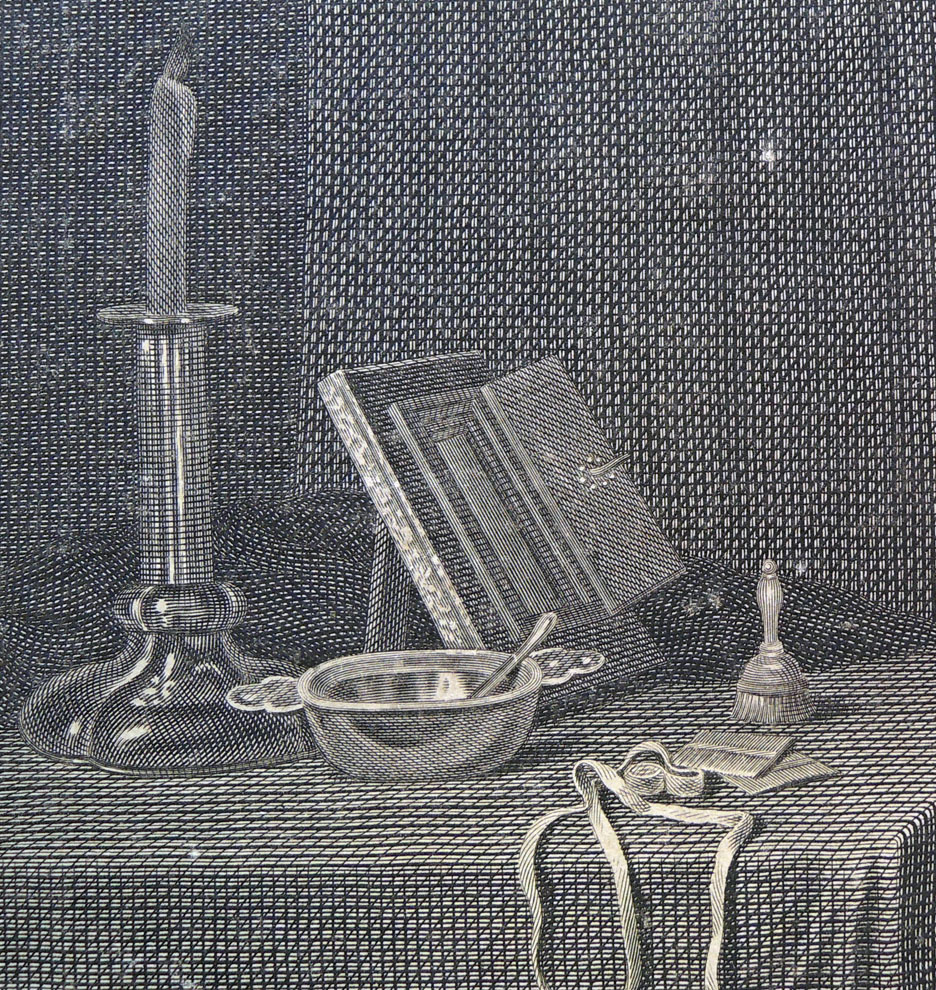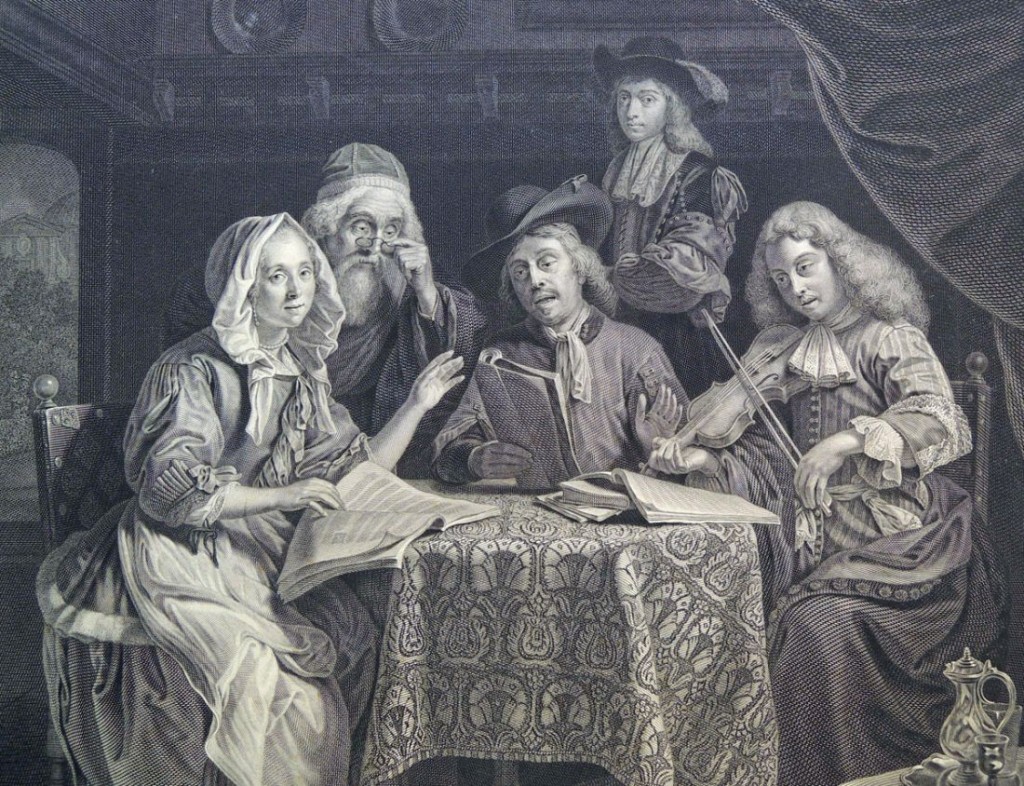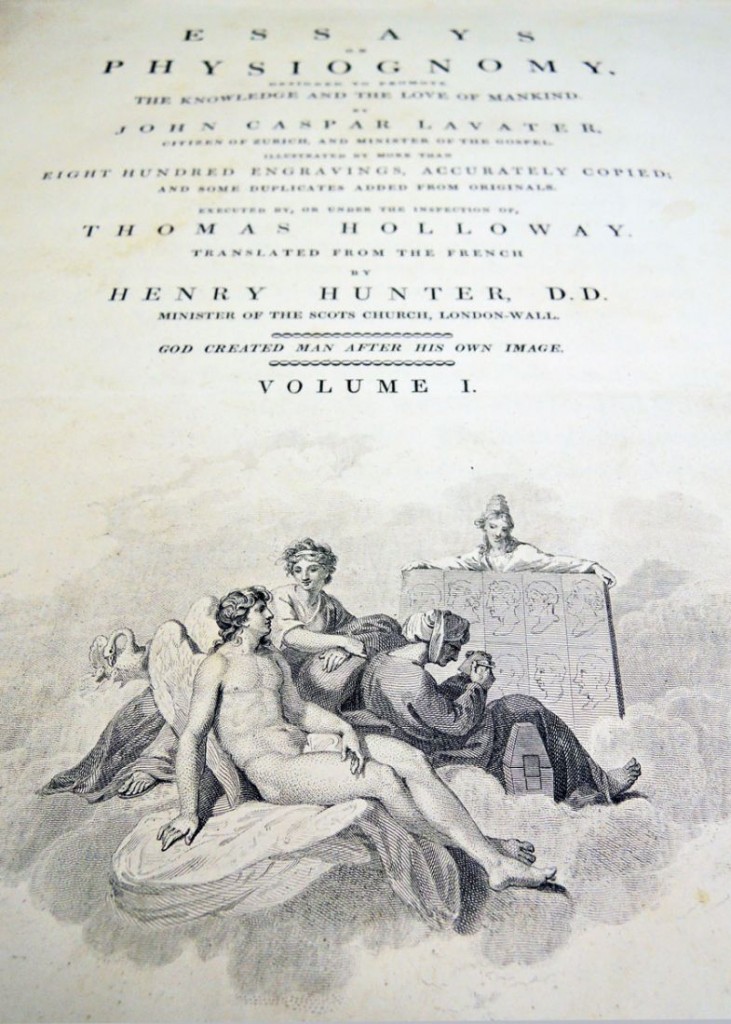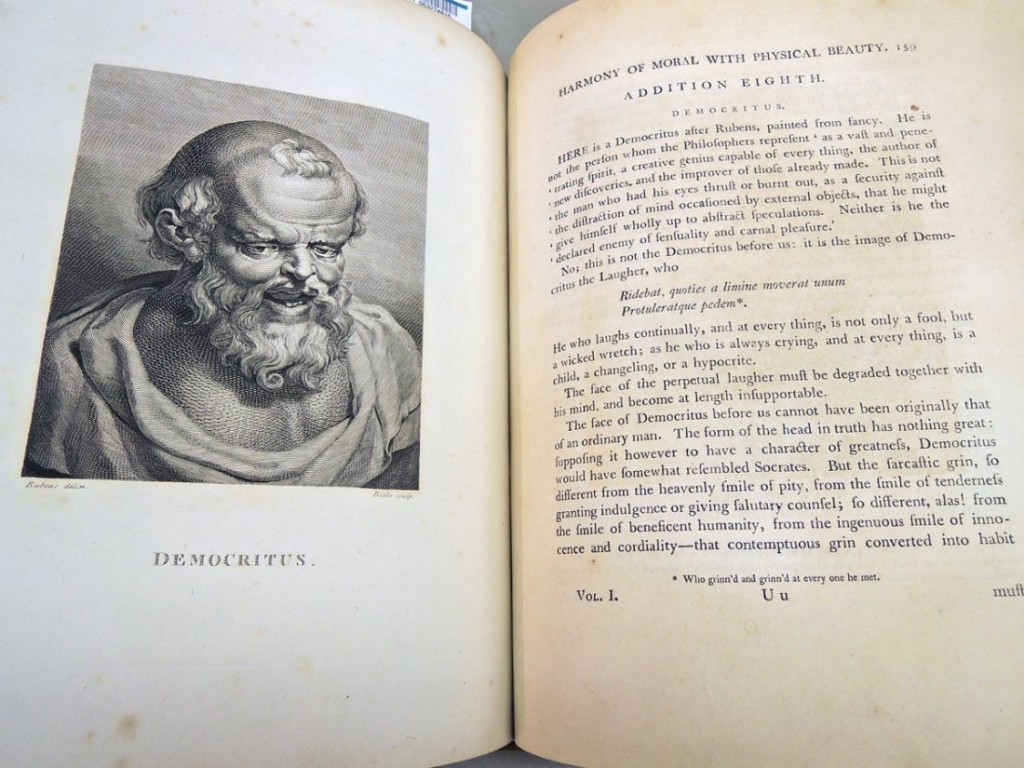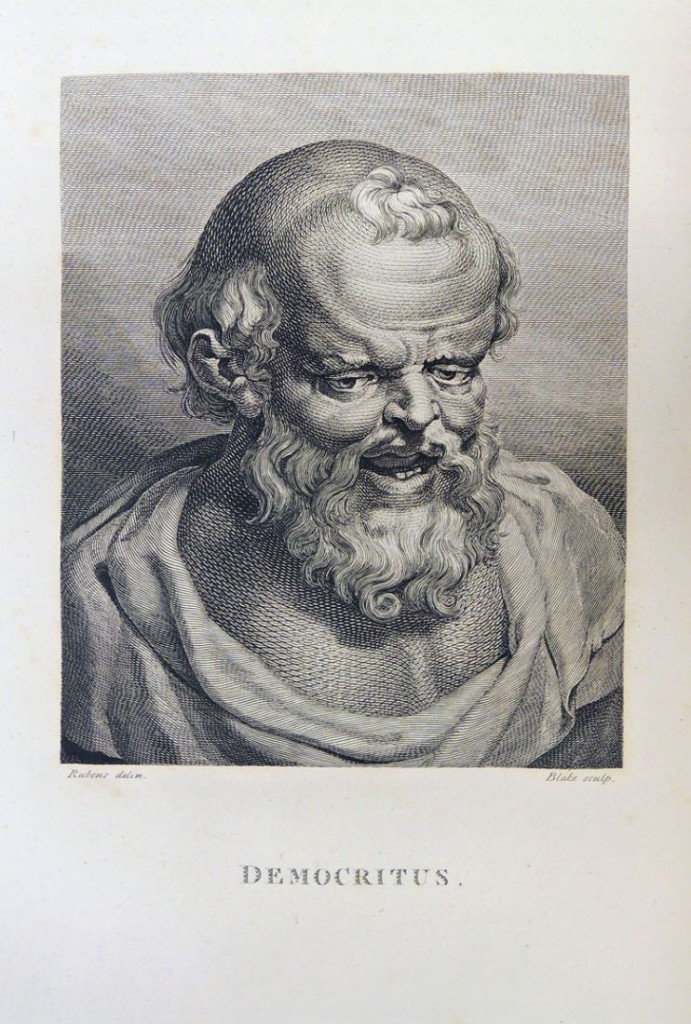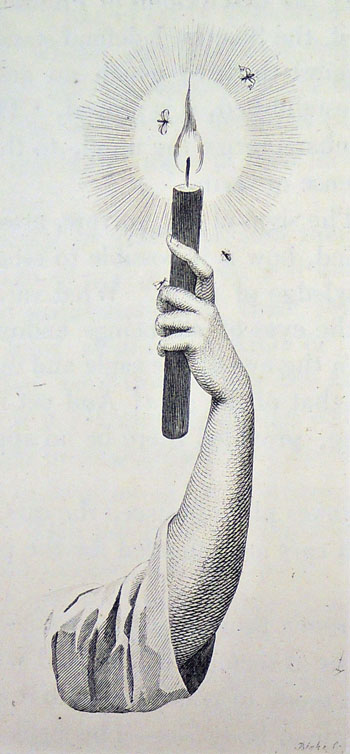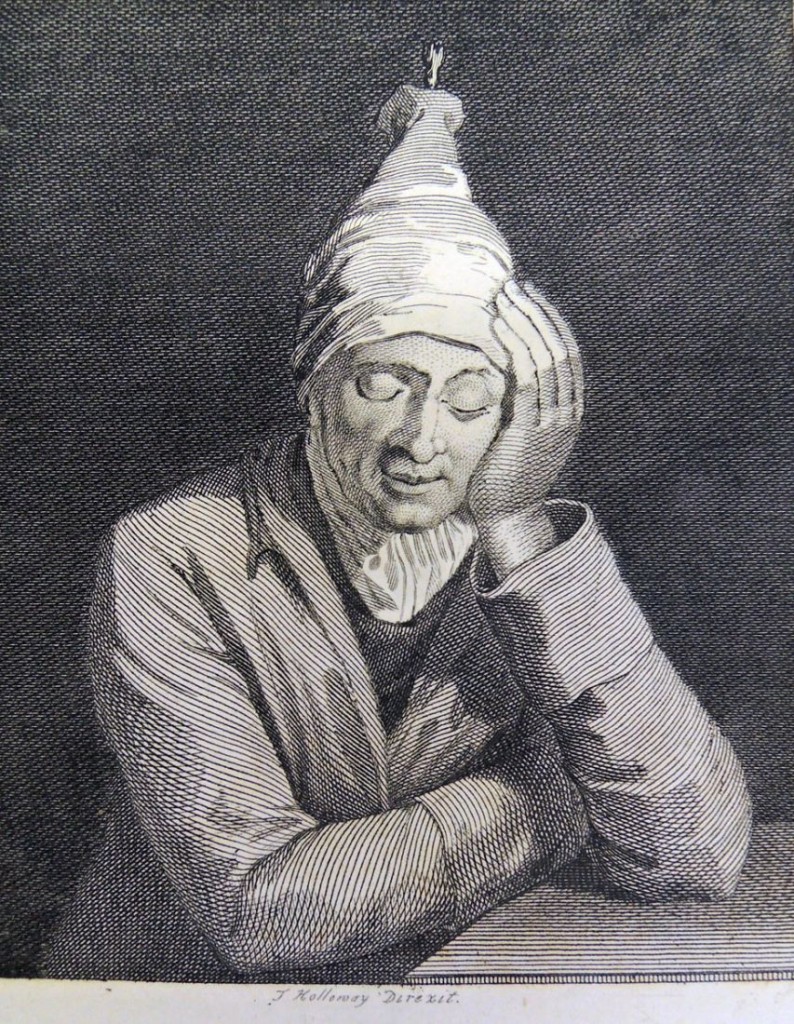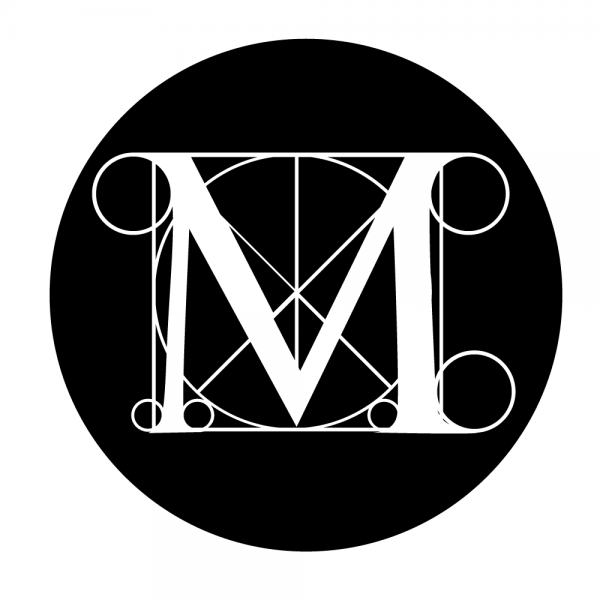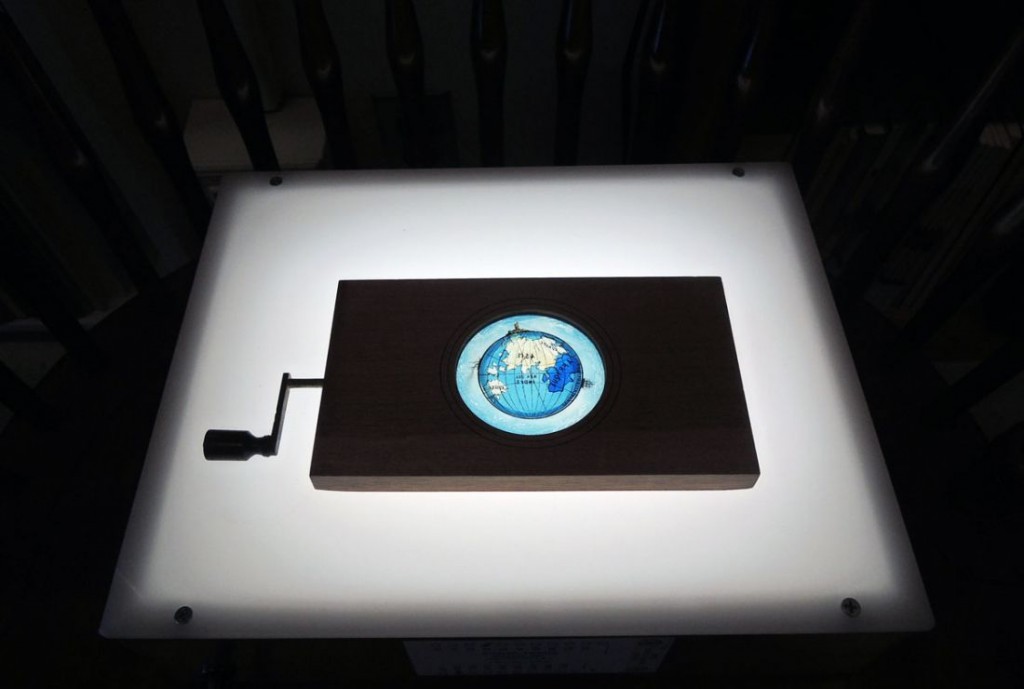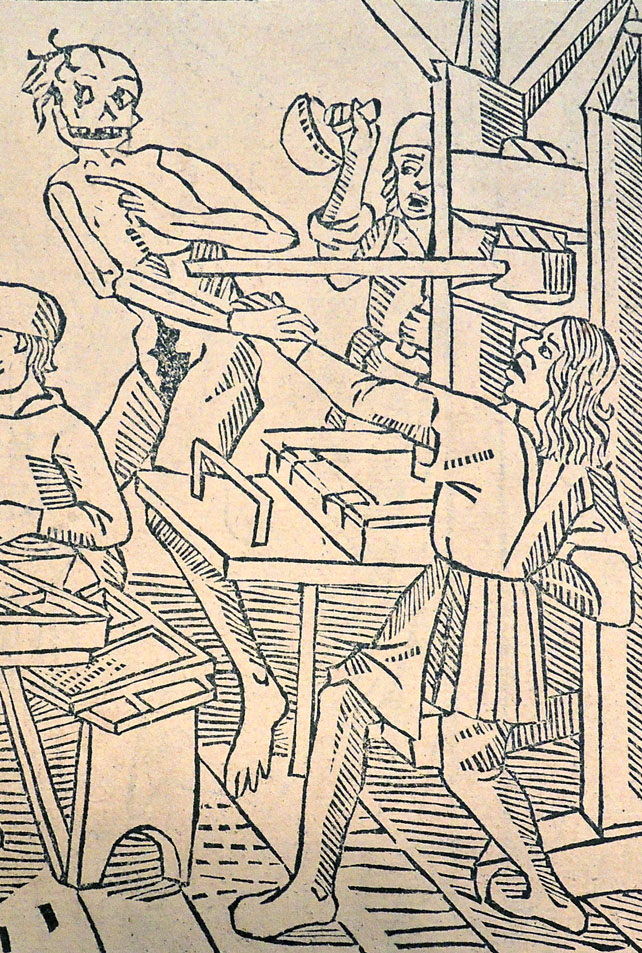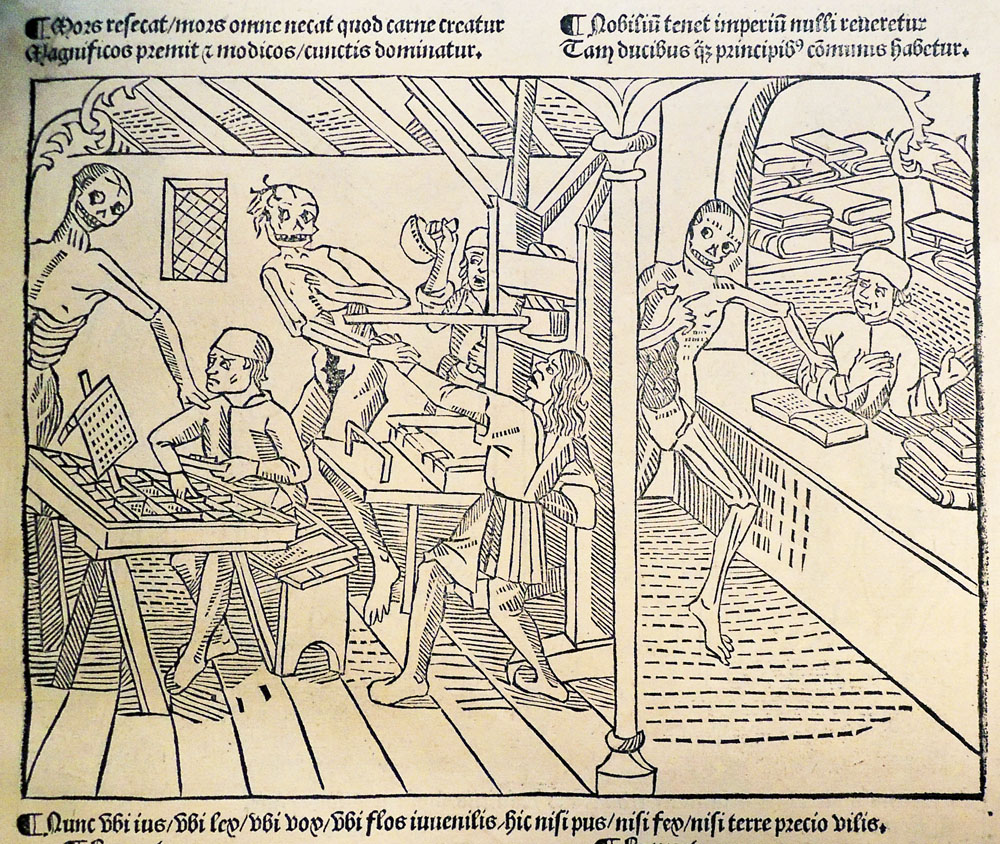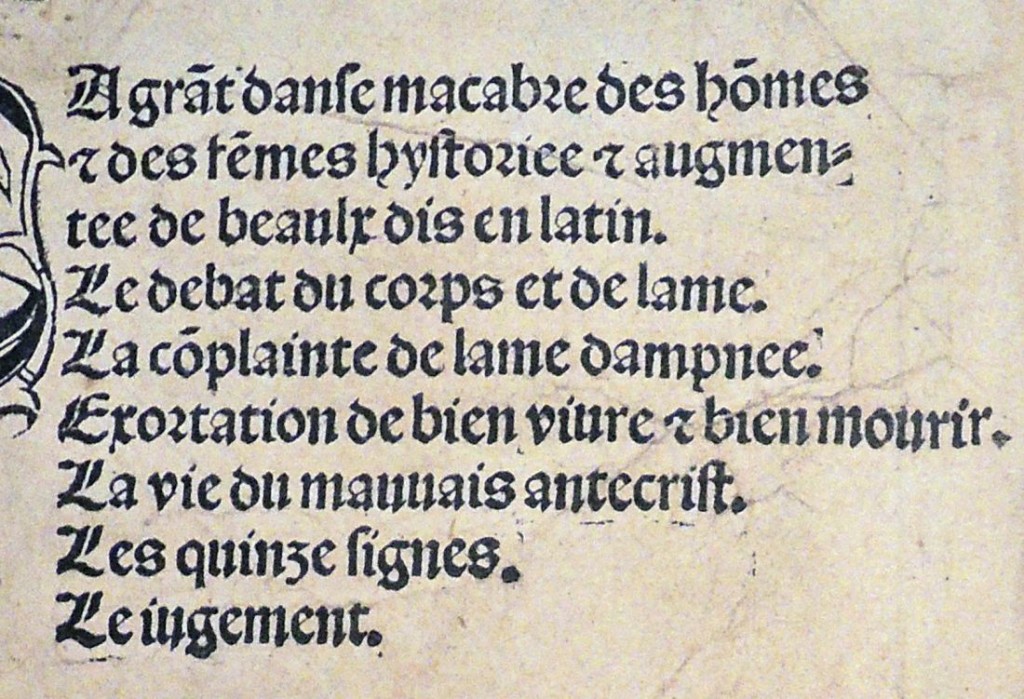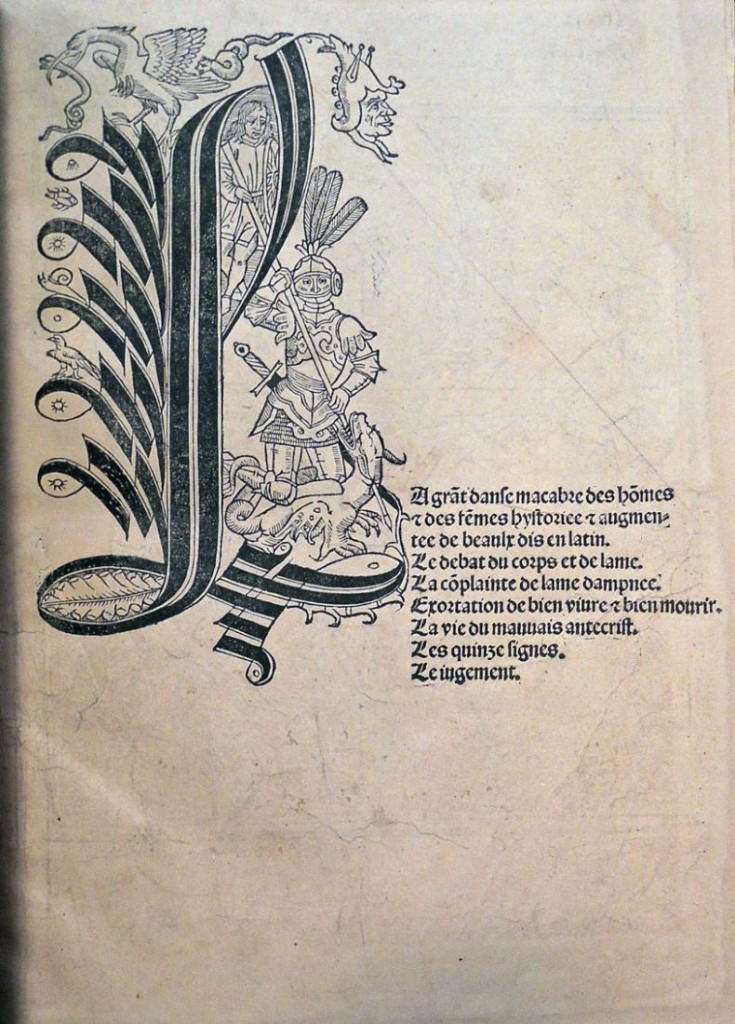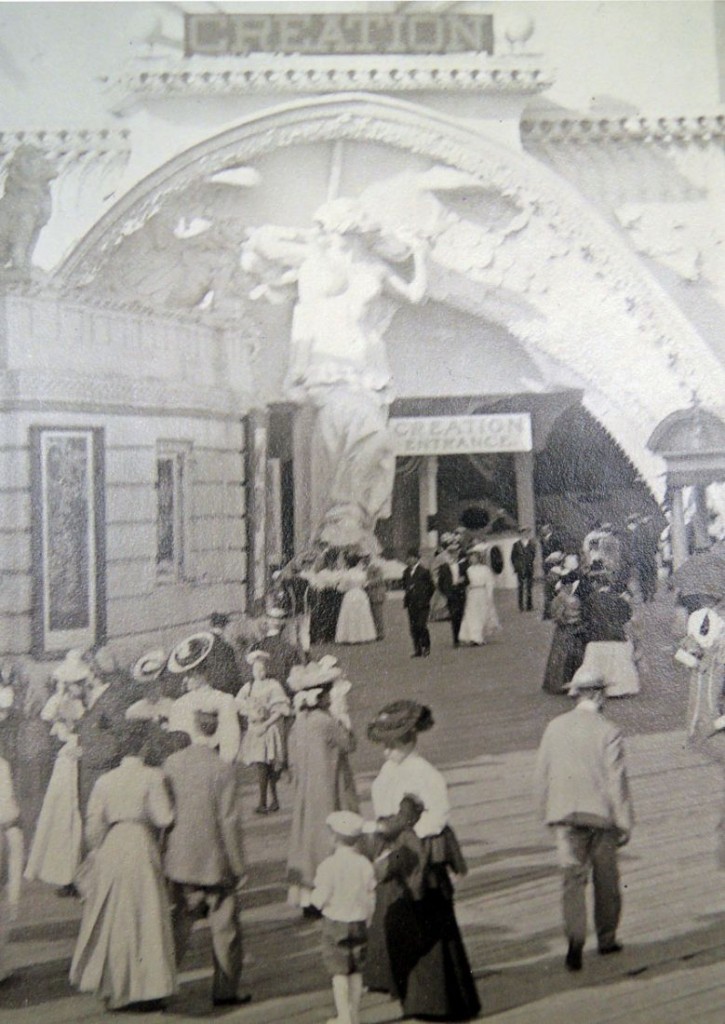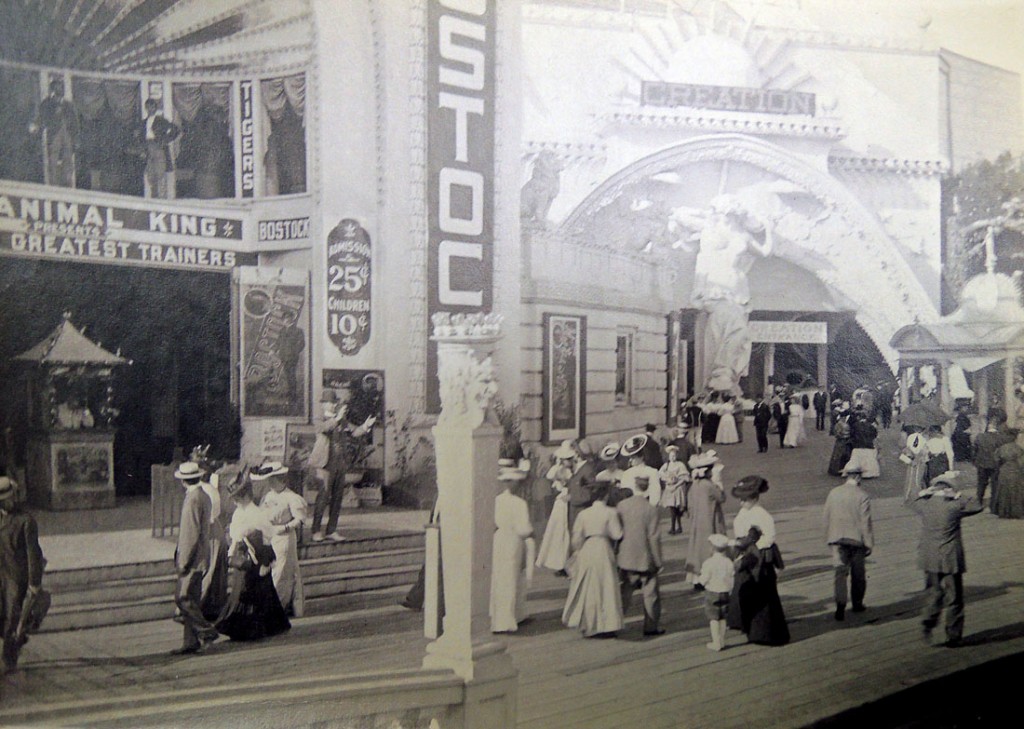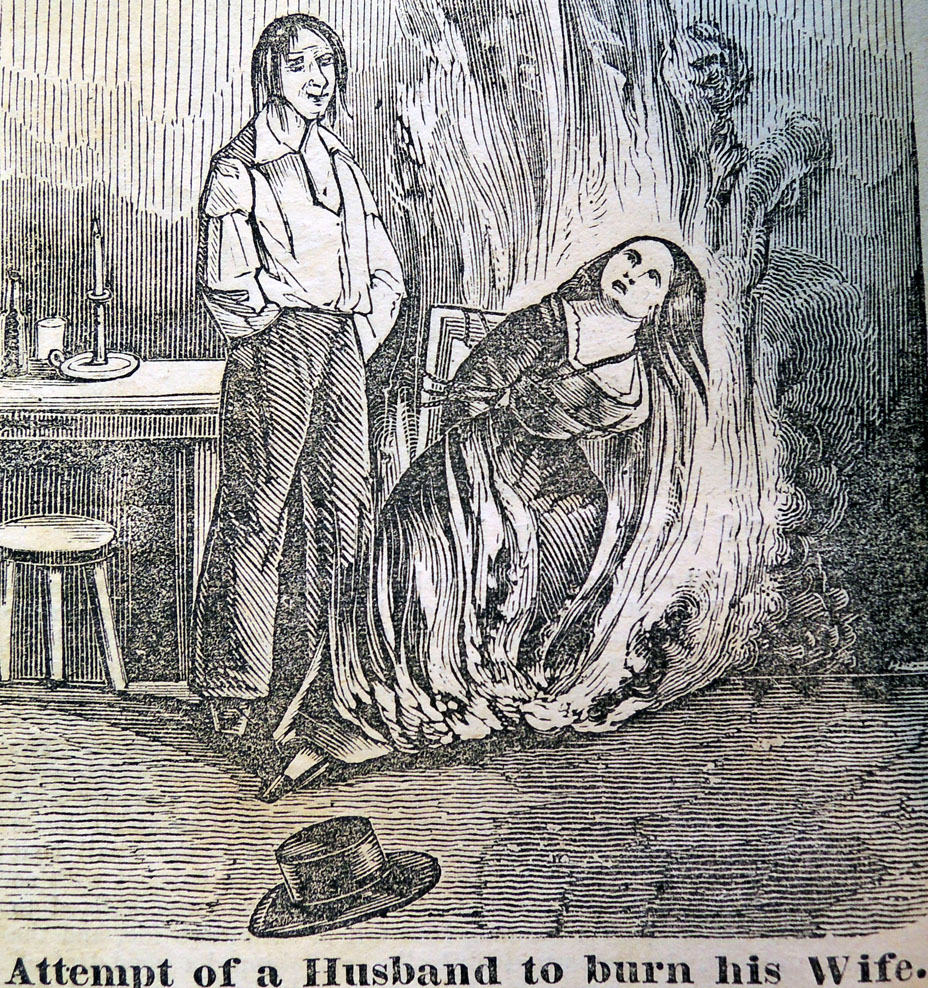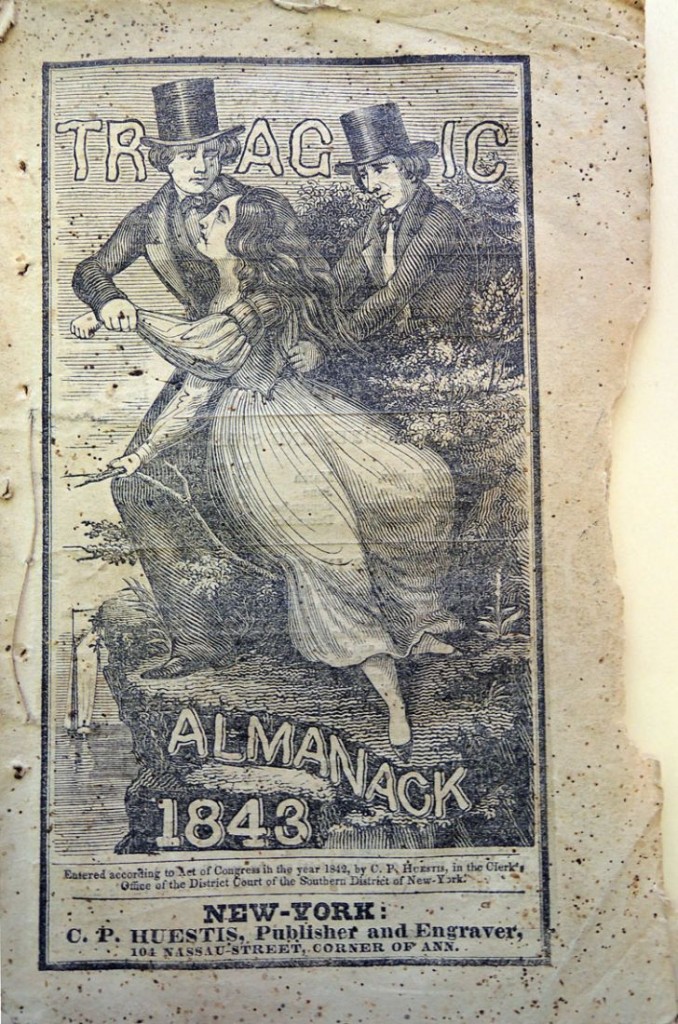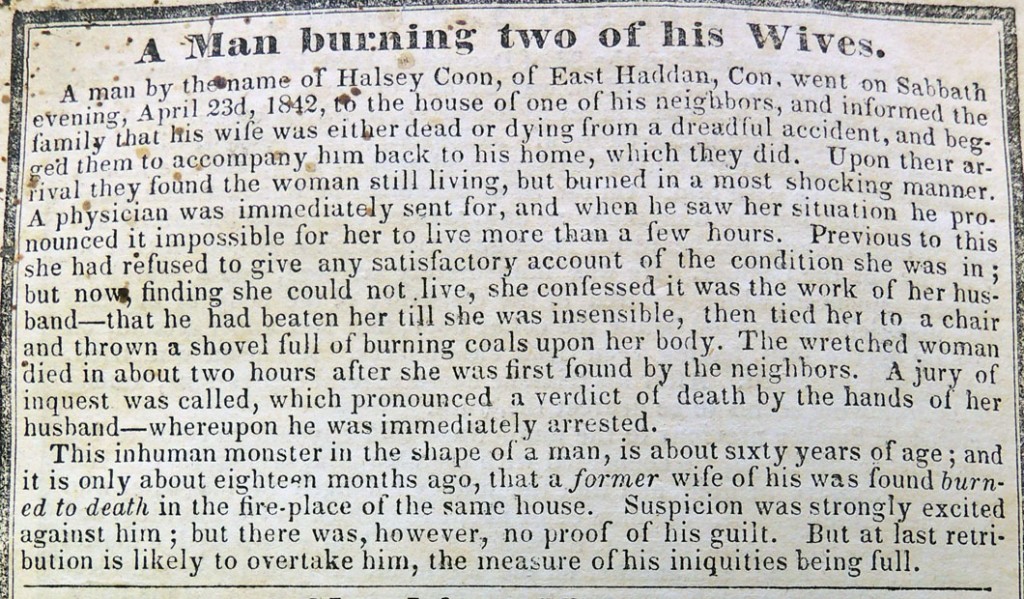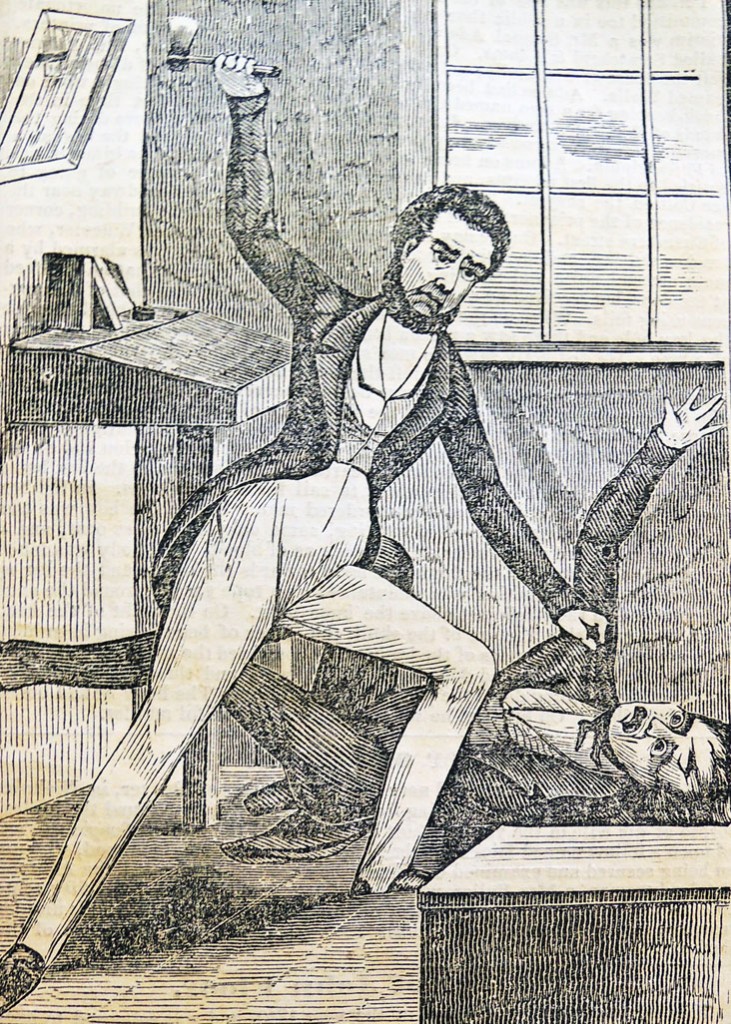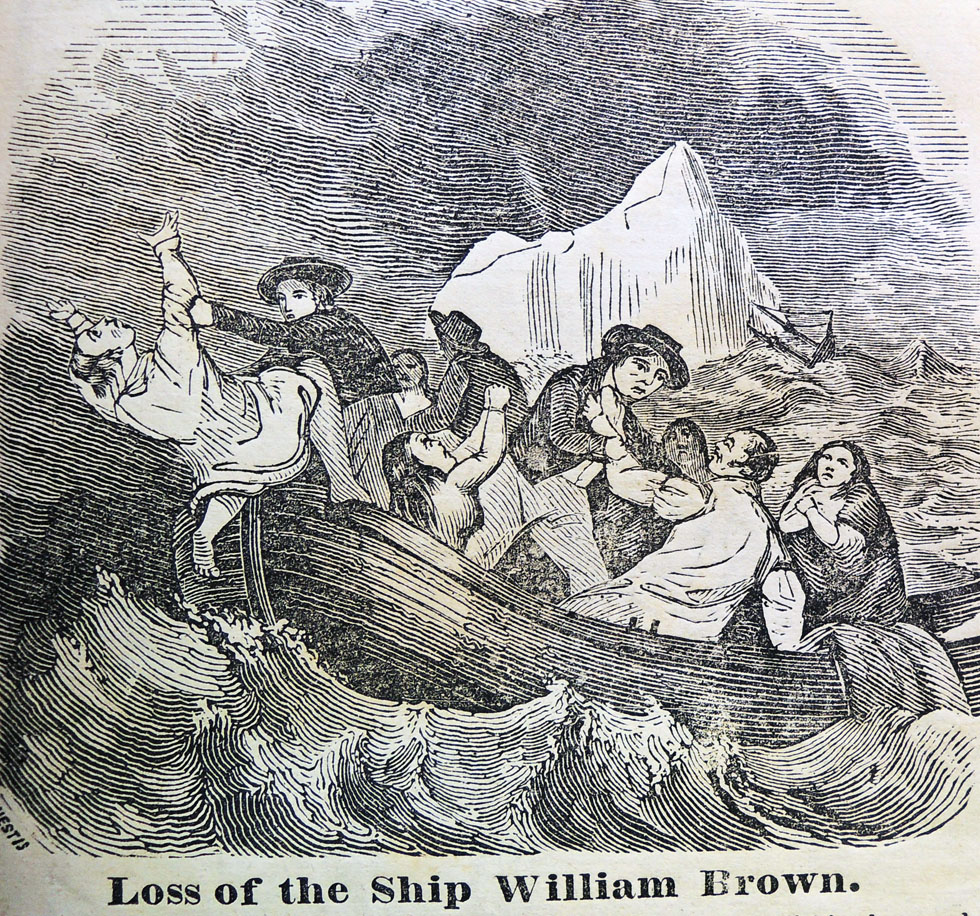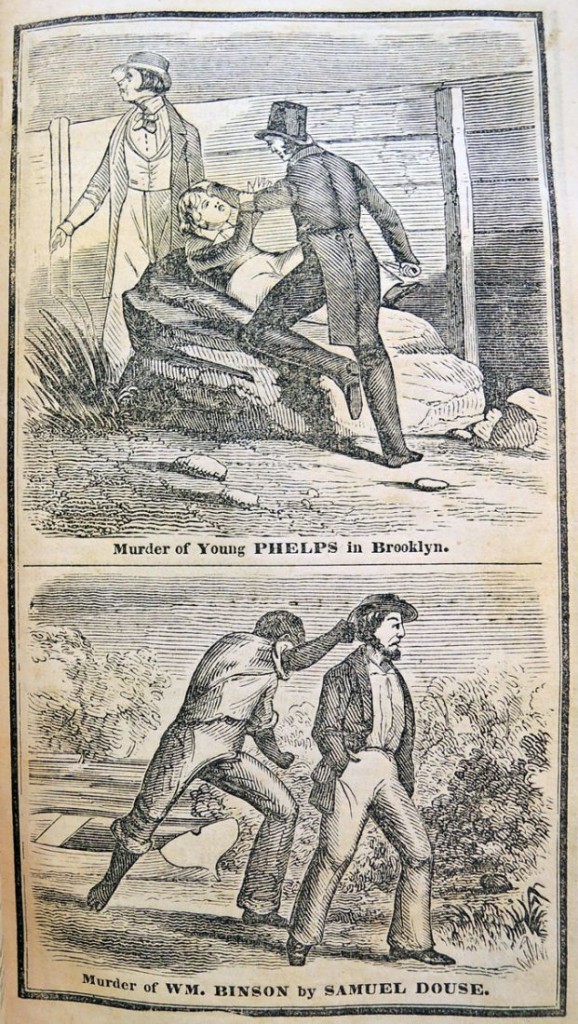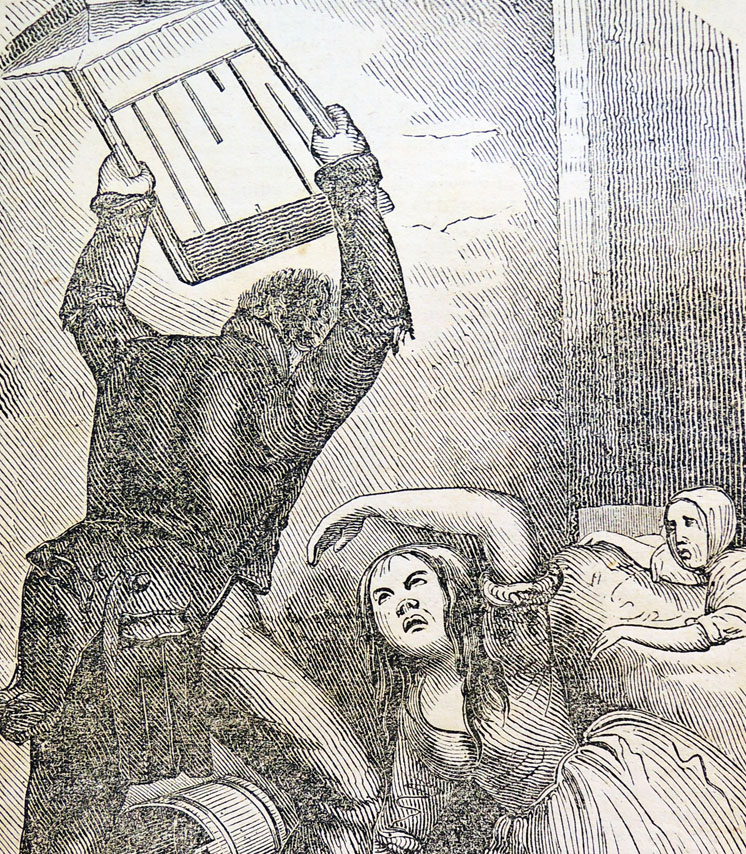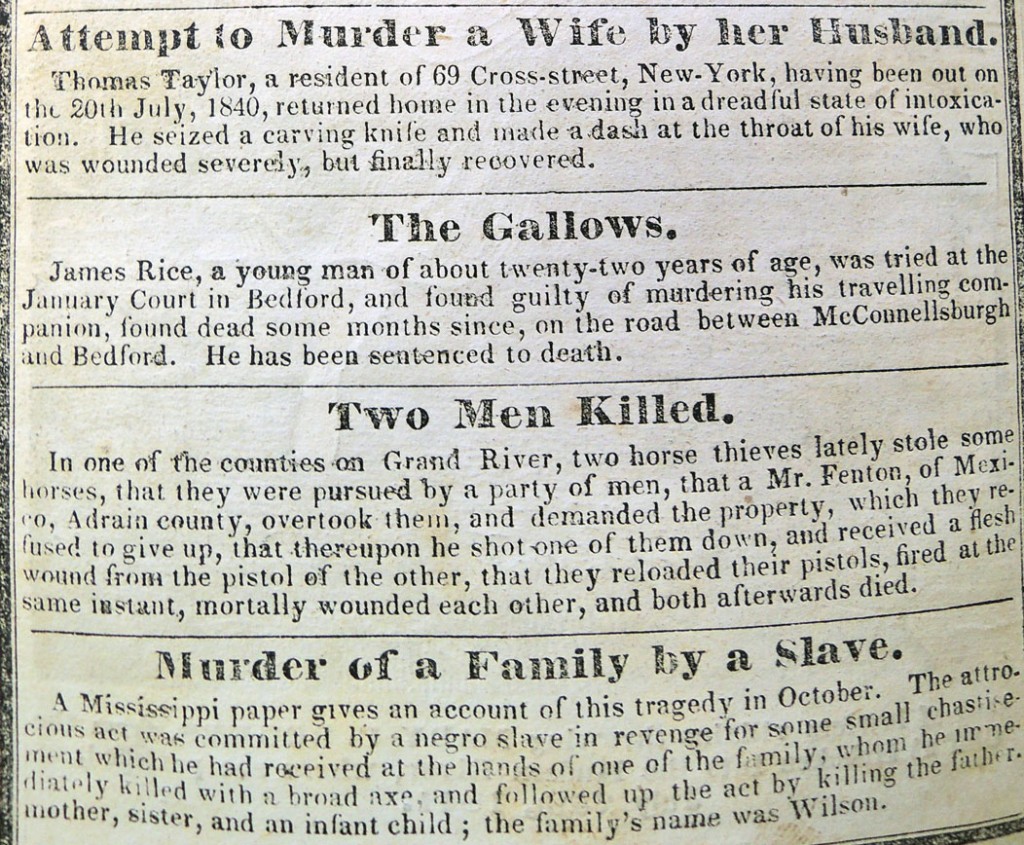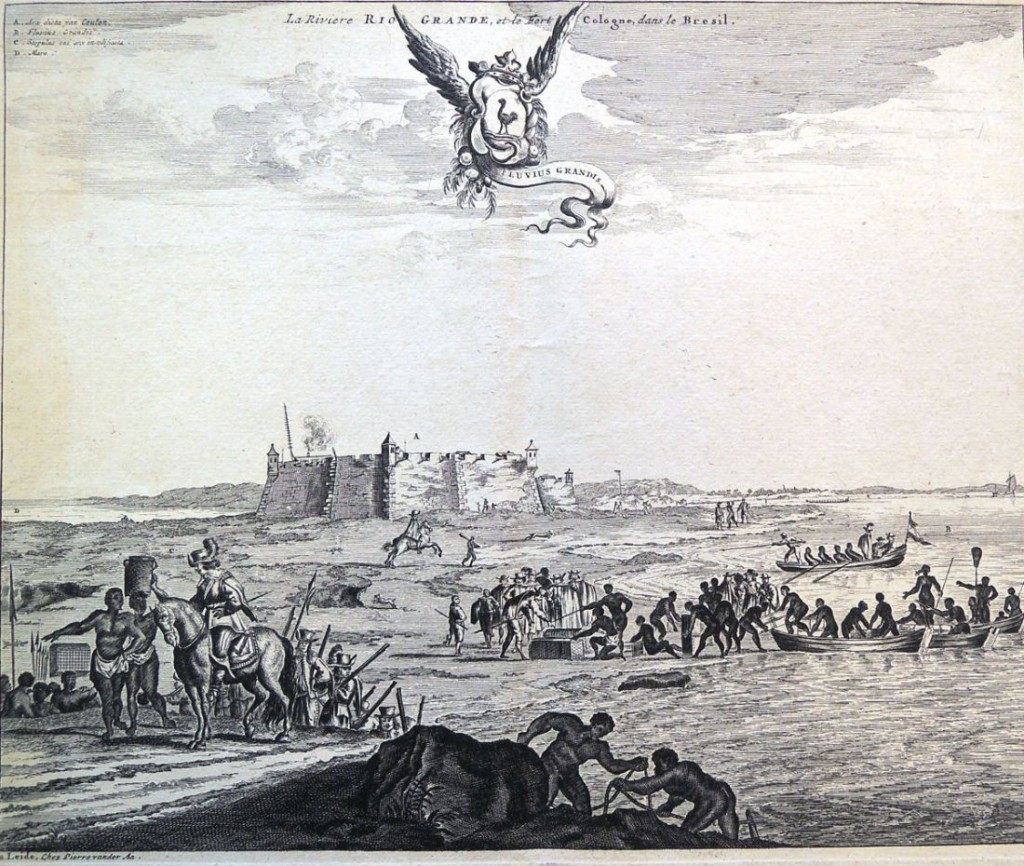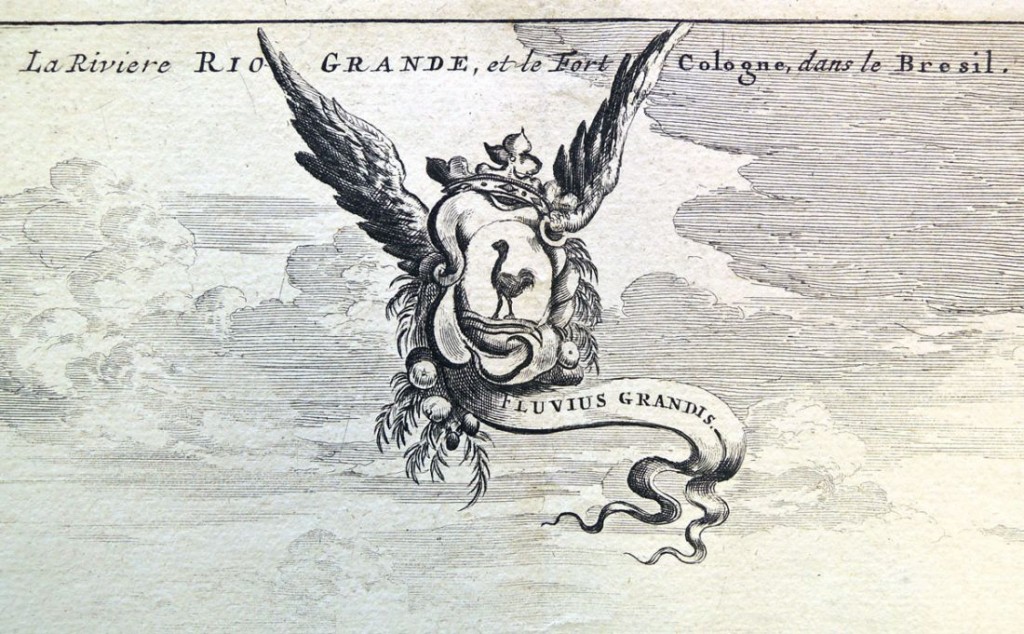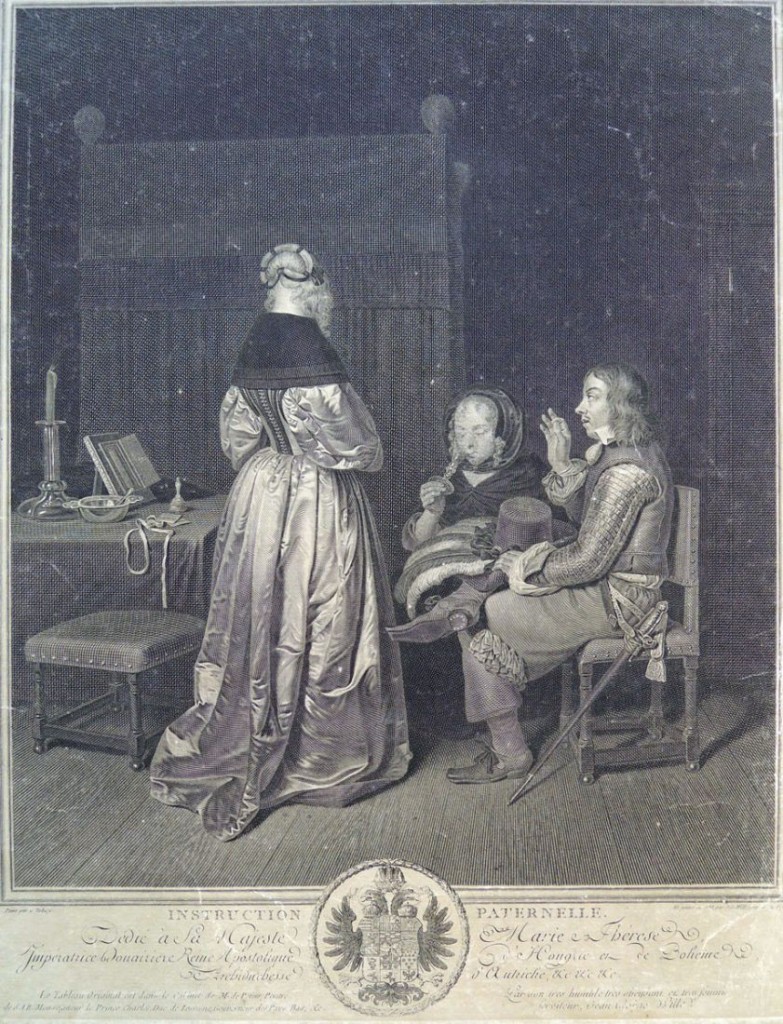 Johann Georg Wille (sometimes Jean Georges Wille, 1715-1808) after Gerard Ter Borch II (1617-1681), L’Instruction Paternelle [Paternal Instruction], 1765. Engraving. Graphic Arts Collection
Johann Georg Wille (sometimes Jean Georges Wille, 1715-1808) after Gerard Ter Borch II (1617-1681), L’Instruction Paternelle [Paternal Instruction], 1765. Engraving. Graphic Arts Collection
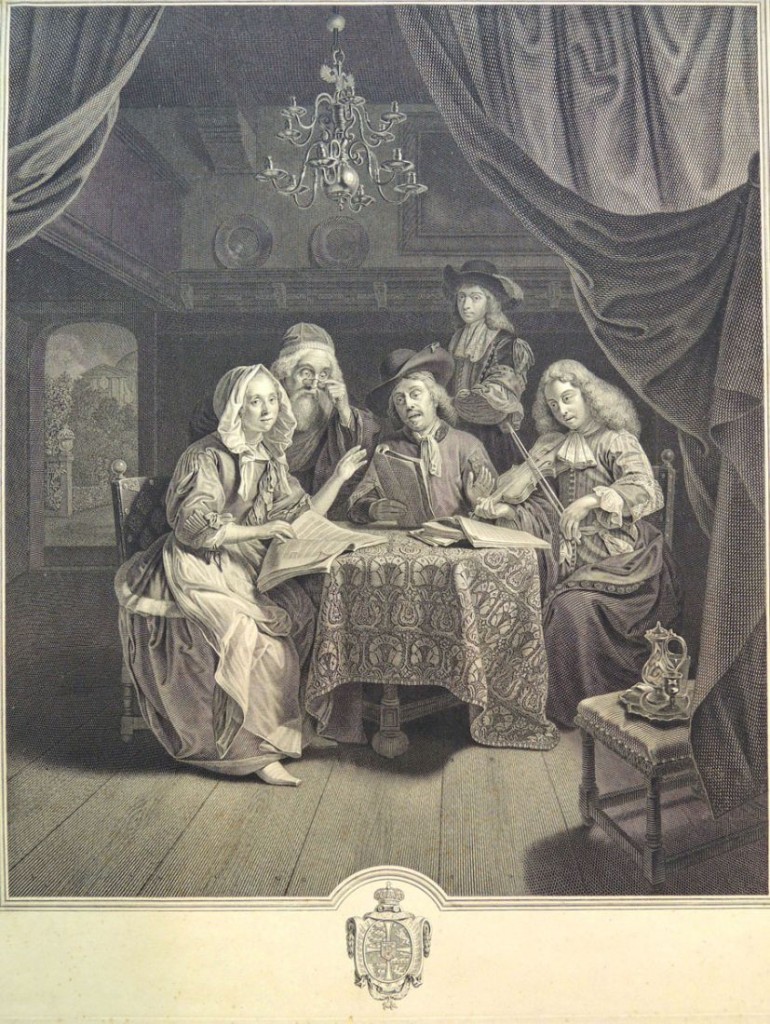 Johann Georg Wille (sometime Jean Georges Wille, 1715-1808) after Godfrey Schalken (1643-1706), Le Concert de Famille [The Family Concert], 1769. Engraving. Second state with coat of arms. Graphic Arts Collection
Johann Georg Wille (sometime Jean Georges Wille, 1715-1808) after Godfrey Schalken (1643-1706), Le Concert de Famille [The Family Concert], 1769. Engraving. Second state with coat of arms. Graphic Arts Collection
The Graphic Arts collection has 19 engraving by the German-born printmaker Johann Georg Wille (sometimes Jean Georges Wille, 1715-1808). Most of these are reproductions of French, Dutch, and Italian oil paintings. At one time, Wille served as an engraver to emperors and kings but as the 18th century progressed, commissions became infrequent, Wille lost most his possessions, and died in poverty.
Seen here are two engravings, one is a second state with a coat of arms but without the caption added. The other is a third state with both coat of arms and caption. The Princeton University Art Museum also has a copy of The Family Concert, given by Junius S. Morgan, Class of 1888. Theirs is the first state before letters and coat of arms.
See also:
Bibiena, Ferdinando Galli, 1657-1743. Basilica Carolina: opus grande, non homini sed Deo praeparata habitatio … : Mannhemii Palatina in metropoli aedificata … Mannhemii: Ex Typographejo Electorali Aulico, [1760]. Marquand Library (SAX): Rare Books Oversize N6923.B52 R322 1760f
Pope, Alexander, 1688-1744. Essai sur l’homme. Traduction franc̦oise en prose, par Mr. S**** [i.e. Étienne de Silhouette]. Lausanne, M. Chapuis, 1762. Temporarily Shelved at Rare Books (Ex) Oversize 2005-0451Q
Wille, Johann Georg, 1715-1808. Mémoires et journal de J.-G. Wille, graveur du roi, pub. d’après les manuscrits autographes de les manuscrits autographes de la Bibliothèque impériale, par Georges Duplessis, avec une préface par Edmond et Jules de Goncourt. Paris, Ve J. Renouard, 1857. Marquand Library (SA) NE650.W6 A3

